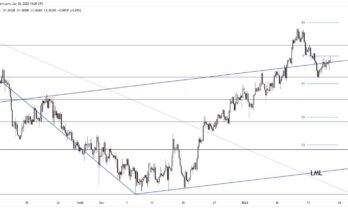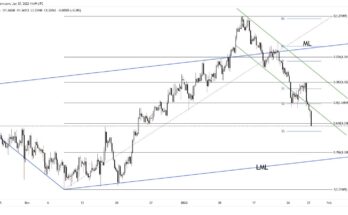Financial markets are struggling to make any headway this morning, with participants reducing exposure to risk correlated assets on Mid-Term Election Day in the United States. The prevailing sentiment is that the Republicans have the necessary support take a majority in the Senate and thus may perceivably control both chambers in the new Congress into the 2016 White House race, though the official outcome won’t be known until late Tuesday night or early Wednesday morning.
Should the Republicans take the Senate majority tonight; the impending two years will be closely scrutinized by voters as to how the Republicans can come to compromise with President Obama, as the President makes sure to have his veto pen ready to go into overdrive. From an economic perspective there will likely be little that changes with a Republican controlled Senate, though the GOP could look to start chipping away at some of the more contentious points of the Affordable Care Act, while ramping up efforts to push through the Keystone XL.
The overnight Asian session saw the Nikkei extend its gains from Friday after gapping higher at the open after the bank holiday observed on Monday, though a majority of the early move was retraced and the index closed up by 2.73%. The Reserve Bank of Australia met overnight, and decided to continue its holding pattern of interest rates at record low levels while the economy diversifies to more domestic drivers of growth rather than relying on mining investment.
Governor Stevens also suggested that the central bank would be looking to rely more heavily on macroprudential measures to cull some of the speculative activity in the housing market, while low rates gain traction in other areas of the economy. The RBA also decided to continue to leave out rhetoric surrounding the Aussie being ‘historically high’, though did mention the currency ‘remains above most estimates of its fundamental value.’ AUDUSD perked up on the absence of extremely dovish Aussie language, and has rallied back into the low 0.87s ahead of the opening bell.
European equities have slipped into negative territory after the EU Commission cut its growth and inflation forecasts for the zone in 2014 and 2015. The Commission lowered its 2014 and 2015 growth forecasts to 0.8% and 1.1% respectively, when previously had estimated growth rates at 1.1% and 1.7%, which has weighed on high-yielding assets given the potential for further softness in European demand.
Despite the continued gloomy outlook for upcoming economic recovery in the common-currency bloc, the Euro has managed to hold its ground against the greenback, with the EURUSD marching its way north of the 1.25 handle. The driving factor for the direction of the Euro will be the ECB meeting this Thursday, where it is likely the enlarged speculative short Euro position could be vulnerable to short covering if Draghi doesn’t emphasize the central bank’s ability to institute more stimulus measures if needed.
Heading into the North American open, S&P futures are signaling a marginally lower start to the trading session, with risk appetite weighed down by the downgrade to European growth and the implications for global trade. The slaughtering of the Loonie has continued overnight, dragged down by a capitulation in oil markets after the news Saudi Arabia cut the cost of crude prices to American markets in what has been interpreted as a bid to preserve market share and crowd out the shale play. Front-month WTI is trading at lows not seen since October of 2011, and at the time of writing is trying to prop itself up around the $77/barrel mark.
The drubbing of oil markets has hit the CAD and NOK particularly hard, though the Loonie has managed to recoup some of its earlier losses after a surprise trade balance surplus for the month of September was just released. Expectations had been for a slight deficit, yet an increase of 1.1% in exports helped the trade balance post a surplus of $0.71bn, along with August’s figure being upwardly revised to a deficit of only $0.46bn. As a caveat to the better than expected headline reading, imports of energy products declined by 19.4%, with the main contributor being a decline in crude oil as some Canadian refineries were conducting maintenance, so there is the potential to see this reverse in the coming months. USDCAD slid back to the 1.14 handle after the initial release, but it is clear that oil prices are driving the boat when it comes to Loonie price action, which traders will be intently focused on until the employment numbers at the end of the week.



